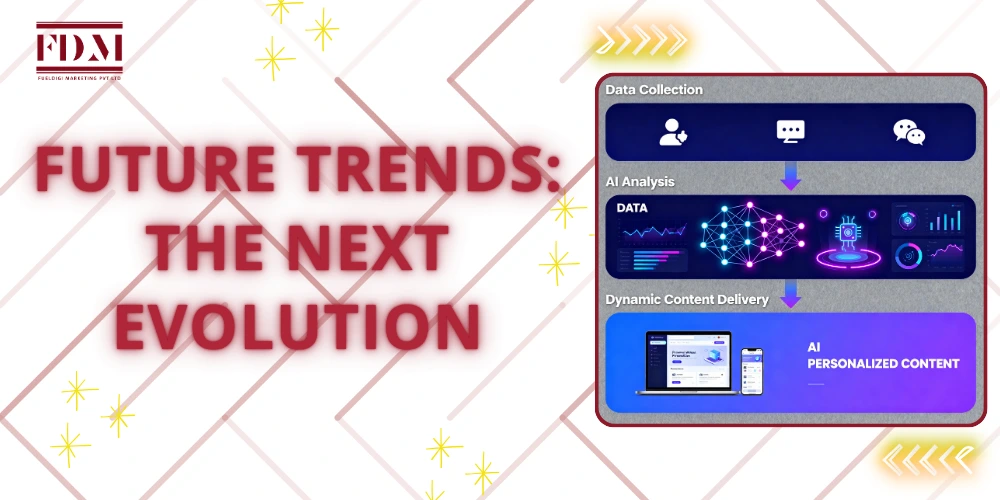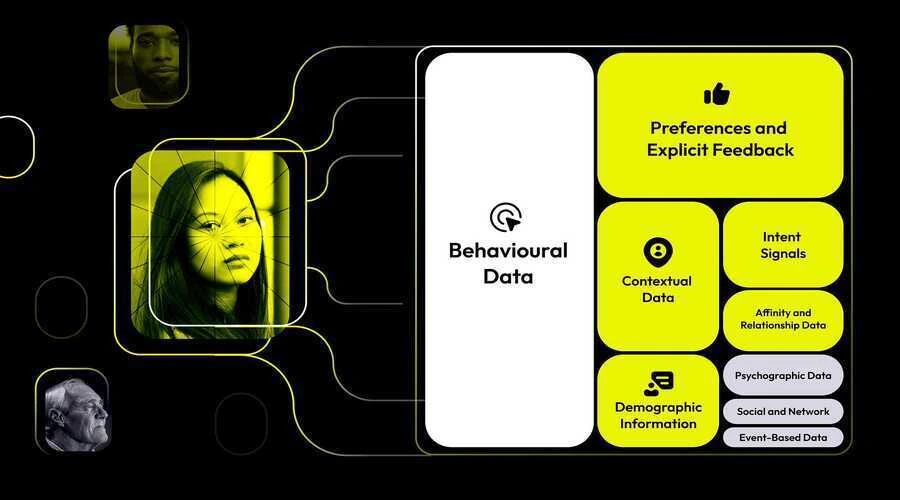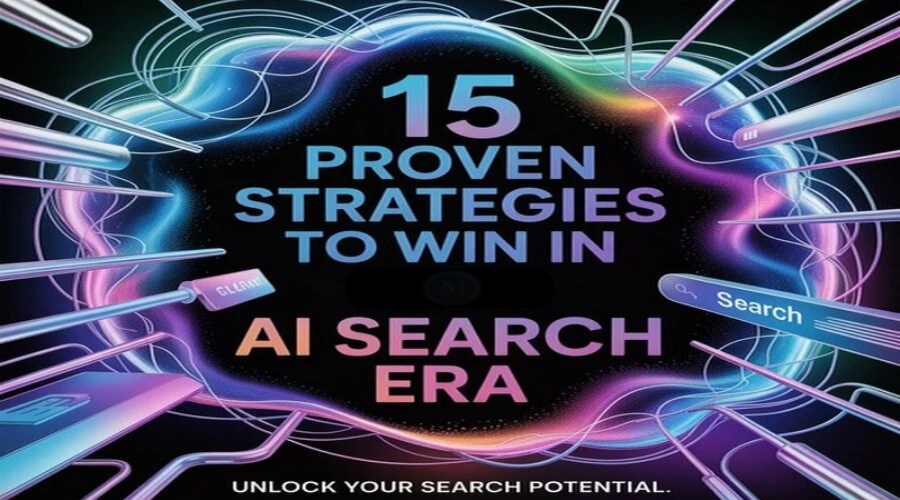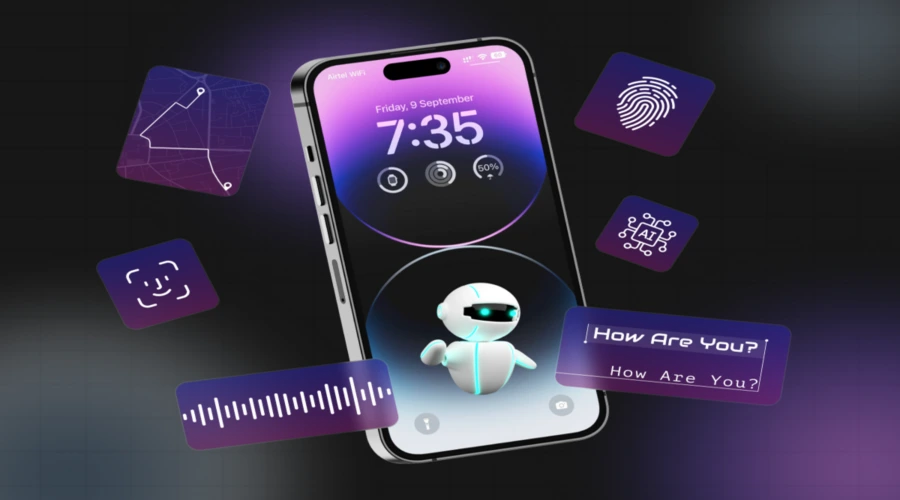Hyper-Personalization in Modern Web Development
Earlier times had an older version of the internet. Static web pages have given way to intelligent and adaptive experiences that respond to an individual in real-time. Hyper-personalization is today the foundation of web development. This changes the way brands engage with their audience. This creates the highest level of user engagement.
A website now does not cater to the same experience for all visitors. Heavyweight algorithms and machine learning are being used by the web application nowadays to give each visitor his own unique and customized experience. One view of hyper-personalization is, in fact, at least two dimensions of customization: predicting and anticipating needs before the user expresses them.
It is through a fusion of real-time analytics, AI and advanced UI design that hyper-personalization delivers content feeling intuitively crafted for each individual. The final outcome is a web experience that can adapt and learn- evolving with every interaction.
AI-Driven Content and Real-Time Customization
Artificial intelligence has been established as the engine behind personalized experiences on the Web. The modern platforms use machine-learning algorithms to study patterns in user behaviour. They consider demographic data, browsing history, and actual engagement metrics, which dynamically influence content delivery.
Real-time customization uses real-time data to adjust content delivery according to what the user is doing at that moment. It modifies product recommendations on e-commerce sites, adjusts content layouts so users are more likely to engage, or personalizes navigation menus. These systems respond within milliseconds to create a seamless user experience.
Smart CMSs apply natural language processing to gain intent from users, and they use predictive analytics to anticipate needs going forward, thus creating a proactive rather than reactive web environment where content meets users halfway.

Interactive Design Trends Shaping User Experiences
Modern web design has embraced interactivity as a basic feature for personalization. Micro-interactions, animated transitions, and responsive design elements become touchpoints engaging users while collecting useful user data for better experiences.
Progressive web applications (PWAs) are becoming vital. They allow for app-like experiences to be served inside a browser with the shift in the application to newer forms according to the user’s preferences. They consider factors such as device capabilities and usage patterns to create truly personalized digital environments.
Voice-based interface and gesture-based controls are now incorporated into the design. Users can interact with content more naturally and intuitively. These interfaces begin to understand the pattern of user communications, thus providing more accurate and helpful responses.
Brand Excellence in Hyper-Personalization
Several industry titans established notable standards of hyper-personalized web experiences. The Netflix recommendation engine considers users’ viewing habits, their preferences for timing, and the way they pause through content. This engine then proposes content with a near-perfect level of accuracy. The dynamic product recommendations seen on Amazon are said to enhance conversions by a great margin, achieved through intelligent product placements and customized user journeys.
Spotify’s Discover Weekly playlists are an example of data-driven personalization forging deep emotional bonds. It analyses listening habits, genre preferences, and skip behaviours to craft musical experiences for each user that feel almost handcrafted.
In the digital marketing area, companies like FuelDigi Marketing run parallel strategies. They create personalized campaign experiences while adapting to user behaviour. Working of hyper-personalization principles beyond the regular realm of e-commerce.
That is the show-and-tell rendition of how hyper-personalization sprawls beyond mere customization. This underlines how it builds symbolic and long-standing relationships with technologies for the users.
Implementation Strategies for Web Developers
Hyper-personalization implementation must strategically balance user experience with the technical side. Developers usually begin by establishing robust data collection frameworks, where data privacy must be considered, yet significant insights need to be gathered. They track user behaviour and preferences.
Usually, a Website Development Company in Chennai would implement analytics tools. These tools track user journeys, engagement patterns, and conversion points. The data collected forms the basis upon which personalized content delivery systems can eventually be established.
Dynamic content systems are another hallmark of an implementation strategy. These build content management platforms that vary the served content variants based on user profiles and, most importantly, real-time behaviour. API-first architecture enables a flexible backend system that integrates with various personalization tools and third-party services.
Performance optimization comes first. Systems for delivering personalized content must be able to load fast despite the complex processing on the backend. This entails proper caching strategies, utilizing content delivery networks, and designing efficient databases. They are components of successful implementations.

Future Trends: The Next Evolution
An even grander stellar future awaits hyper-personalization with evermore higher touches of sophistication and immersion. Will the predictive content systems actually gauge the users’ needs with stupendous accuracy? Will the systems supply them with information much before they think they need it? These systems shall interface with IoT devices for a richly connected experience across touchpoints.
With natural language processing getting better, however, voice-personalization will grow in tandem. The users will dialogue with the web-interface utilizing conversational user-interfaces. They comprehend context, emotions, and intents. These augment digital interaction to the level of being human-like.
Further, interactions with the web will be increased via immersive experiences facilitated by AR and VR. Personalized AR experiences will basically overlay digital information onto the physical world; however, they will do so differently depending on user preferences and location data. VR environments will aesthetically and functionally adapt to user preferences and user behaviours.
The expectation grows with each innovation, from Web Development Company in Chennai and other development hubs alike: We are talking about complex integration of biometric data; including emotion recognition and contextual awareness in web personalization strategies.
Conclusion
Hyper-personalization will be the future of web development. Technology truly exists to generate meaningful, efficient, and engaging user experiences. As AI evolves and user expectations change, developers will have to keep up. Those who perfect the art of this hyper-personalization will be the ones to produce the digital experiences that will define the next generation of web interaction.
The challenge lies not just in implementing them. The real challenge is implementing them well, ethically, and with genuine intent of bettering the lives of its users through quality digital experiences.


